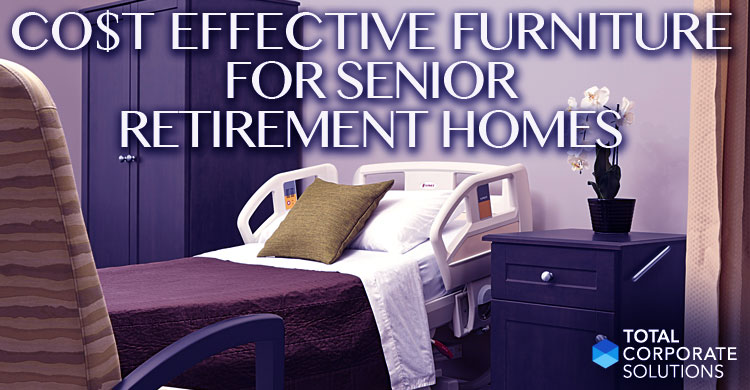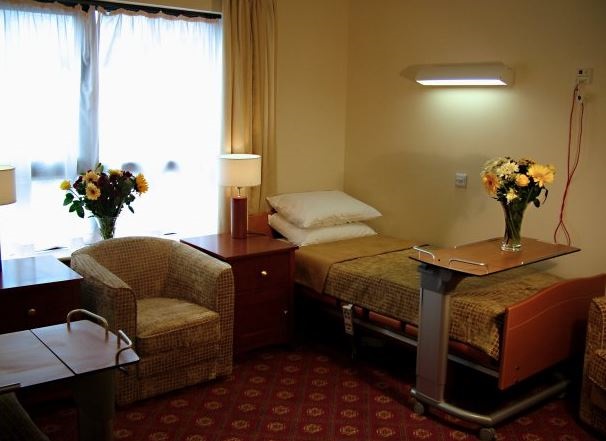
With the concerns of the ageing population becoming one of the national health issues, there is also a growing demand for better services and care in the industry. Senior retirement homes are one type of facility that has seen an expansion in services over the decades. Although these communities were initially developed to provide more cost effective housing and even care for older individuals, many have now been incorporated with a skilled nursing facility, as this can better meet changing needs.
One of the positives of expanding the inclusions in senior retirement homes is that it can generate a sense of stability for both the residents and their loved ones. Instead of requiring a change of venue in the event of the need for long-term care or special medical treatment, senior retirement homes that also utilize a skilled nursing facility within the institution can reduce the need to be moved.
The result is that residents can enjoy a better quality of life and even greater independence, even with the need for medical care. Loved ones can also have the peace of mind that skilled attention is on hand at all hours, which can further boost the reputation of the retirement home. However, even with these services as a part of the retirement home package, the comfort and quality of life for the residents should always come first.
Comfort and Functionality in the Retirement Home Setting
Part of the challenge for many senior retirement homes that are expanding their facilities is that furnishing the apartments can become a cost and safety concern. Retirement homes with a skilled nursing facility can have needs that fall somewhere between assisted living and hospital environments. This means that while the furnishings should be welcoming and comfortable, they should also be easy to clean and disinfect.
In regards to cost effectiveness of furniture, this means that pieces should also:
- Be durable
- Provide safety for the elderly
- Have versatility for space saving and usage configurations
- Be scalable to the growth of the retirement home
This also means that weighing the value of a higher initial investment in furniture could show as being greatly offset by lower maintenance costs. In this manner, the above considerations can play greatly into how cost effective the furniture truly becomes.
Durability
Durability is a major concern, since the hope of the initial investment is to have a long-term usage. This should include not only the construction materials, but also the actual design of the furniture. Considerations such as stability, weight and bulk, and mis-use should all be factored into the decision making process. While this is an immediate concern for the purchase of the furniture, it should also be an overall concern for the safety of the elderly.
In this respect, quality materials and construction provide more than just support for the lifetime of the furniture, they also provide the support for the residents using them. Making a cheaper initial investment could end up costing much more later, especially if a resident is injured due to the failure of a chair or bed. Lawsuits of this nature can not only cost fiscally, but can also ruin reputations.
Although the durability aspect of construction is one part of the safety for the elderly, less manifest dangers can also arise. It is wise to research the construction materials for health hazards as well, since some surfaces that are easier to clean can also give off toxic fumes over time. This can include interactions with cleansers but can also be an issue of individual reactions. Ensuring the safety of the elderly can include avoiding materials and textiles that could be allergenic.
Space Saving
The space saving aspect of cost effective furniture can also be important to the operation of the retirement home. This can include situations where an assisted living area needs to be transformed for greater medical attention, but can also include when residents are allowed to bring personal furnishings into the home. In these cases, ease of moving and storage are important, and greater space saving ability saves on the cost of stowing the pieces until they are needed.
This factor also comes into play with general room configurations, as residents may require different types of furniture in their room. An elderly woman who is highly social will have different furnishing needs than an older married couple who is content to just spend time with one another. This also makes versatility in regards to how the room can be configured another feature that will enhance the cost effectiveness of the purchase decision.

Scalability
Finally, the scalability for growth also falls under this concept of versatility. This can mean that furniture which is desirable in a living area should also be functional in a medical setting. Finding the balance between practicality and design can be a process of weighing the benefits of any type of furniture. However, cost effective decisions for senior retirement homes should see the larger picture of the business and the residents in order to come to the most viable solution.
Space Saving Can Be Cost Saving
One of the difficulties that managers for senior retirement homes can face is that the nature of the industry is one of change. Residents recognize that their needs on one day may not be the same as on the next, and business owners are also aware of this fact. This can make investments seem difficult, but when comfort, safety for the elderly, and versatility are all factored into the equation, then it can also become clearer as to choice.
Furniture that can be multipurpose and that can be stored easily should also be deeply evaluated for worth, since this can often mean that less of an expenditure can generate a greater reward. Instead of having to regularly reinvest in furnishings for senior retirement homes, pieces can be utilized throughout the facility, with both ease and safety. However, this will come down to the space saving and easy to clean nature of the furniture, which provides for greater use.
